Get PeakVisor App
Sign In
Search by GPS coordinates
- Latitude
- ° ' ''
- Longitude
- ° ' ''
- Units of Length

Yes
Cancel
Share ×

Scan the QR code and open PeakVisor on your phone
❤ Wishlist ×
Choose
Delete
Emilia-Romagna is an administrative region located in the northern part of Italy. It is best known for its incredible local cuisine and for being home to the extensive Po Valley. There’s also plenty of hiking to be found in the peaceful forests and the Apennine Mountains of the region. There are 1821 named mountains in Emilia-Romagna, the highest and most prominent of which is Monte Cimone (2,165 m/7,103 ft).
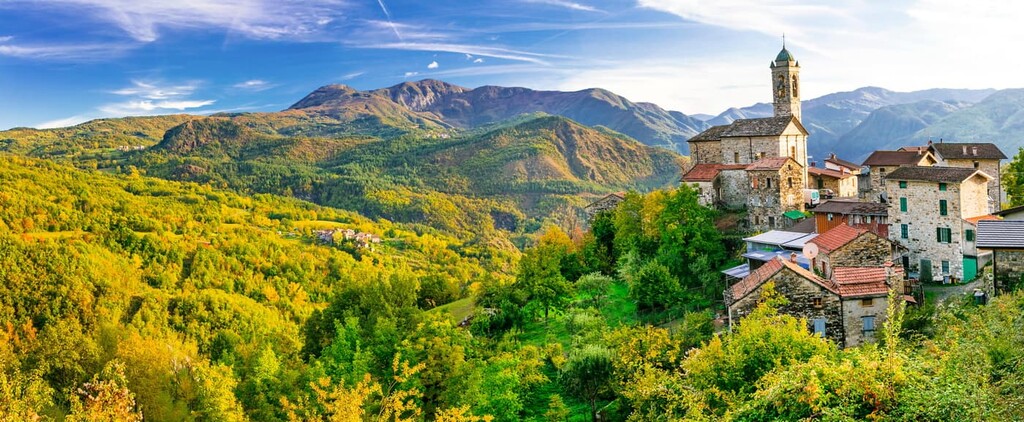
Emilia-Romagna is an administrative region located in north-central Italy. It consists of the provinces of Piacenza, Parma, Reggio Emilia, Modena, Bologna, Ferrara, Ravenna, Forlì-Cesena, and Rimini. Emilia-Romagna has a population of about 4.4 million people, and the regional capital is Bologna.
The region of Emilia-Romagna encompasses an area of 22,446 sq. km (8,666 sq. mi). It includes a stretch of land that extends from the Ligurian and Tuscan Apennines to the west to the Adriatic Sea to the east.
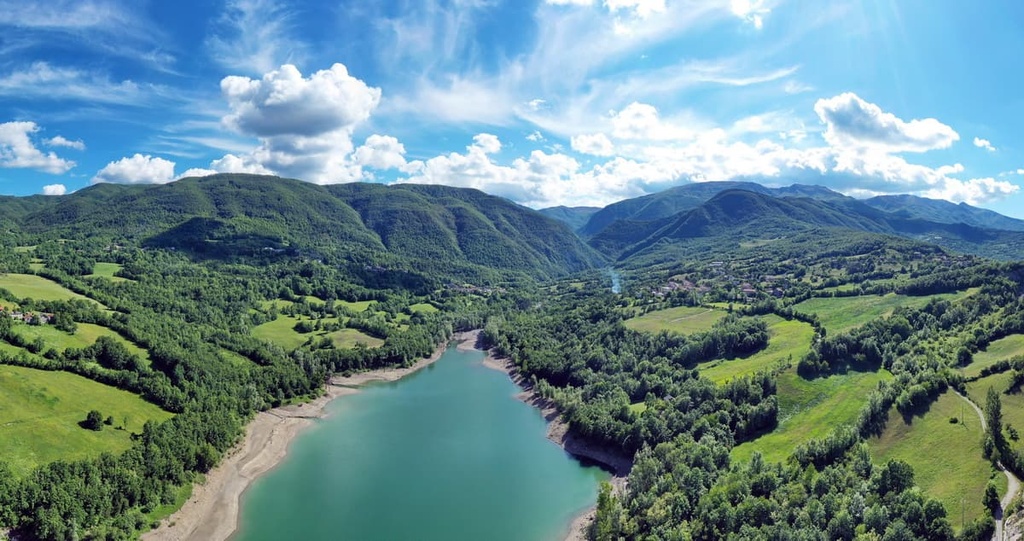
Emilia-Romagna borders Tuscany and Marche to the south, Liguria and Piedmont to the west, and Lombardy and Veneto to the north. It also almost entirely encompasses the microstate of San Marino, which is located between the province of Rimini in Emilia-Romagna and the province of Pesaro e Urbino in Marche.
The plains of Emilia-Romagna extend from the Po River southeast to Ravenna and Rimini on the Adriatic Sea, and they make up about 48 percent of the region. The region’s southern boundary follows the peaks of the Apennines, which run for about 300 km (186 mi) from north to southeast in Emilia-Romagna and account for 25 percent of the region’s landscape. Meanwhile, the remaining 27 percent of Emilia-Romagna is hilly terrain.
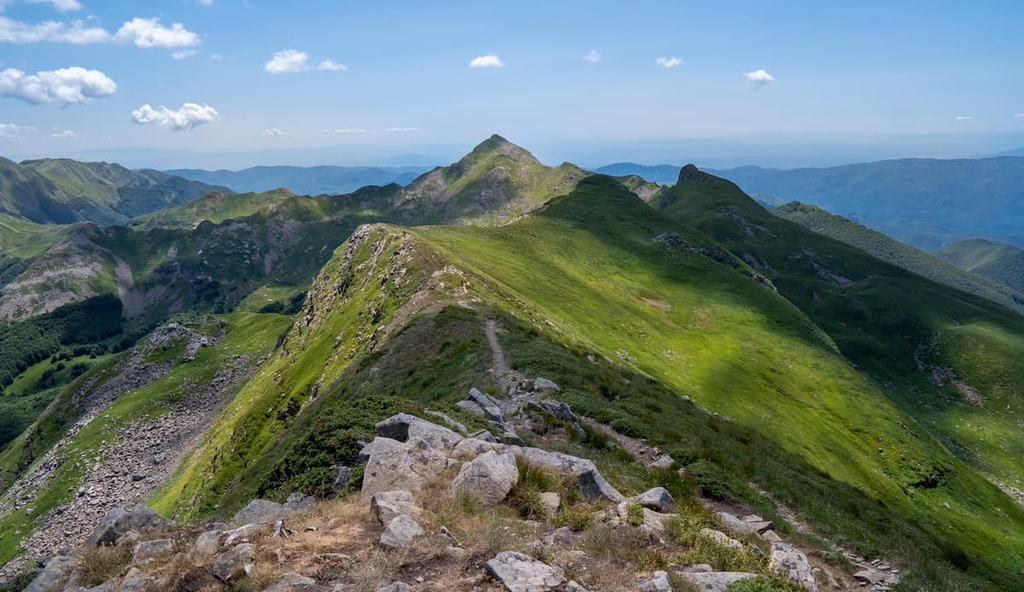
A wide network of parks and nature reserves protect Emilia-Romagna’s rich biodiversity and stunning landscapes. Within the region, there are two national parks: Casentino Forest National Park and Tuscan-Emilian Apennines National Park.
There’s also one inter-regional park that’s located in both Emilia-Romagna and Marche: Sasso Simone and Simoncello Regional Park. Emilia-Romagna is home to an additional 14 regional parks, 17 state reserves, 15 regional reserves, and numerous Natura 2000 protected sites and other protected areas.
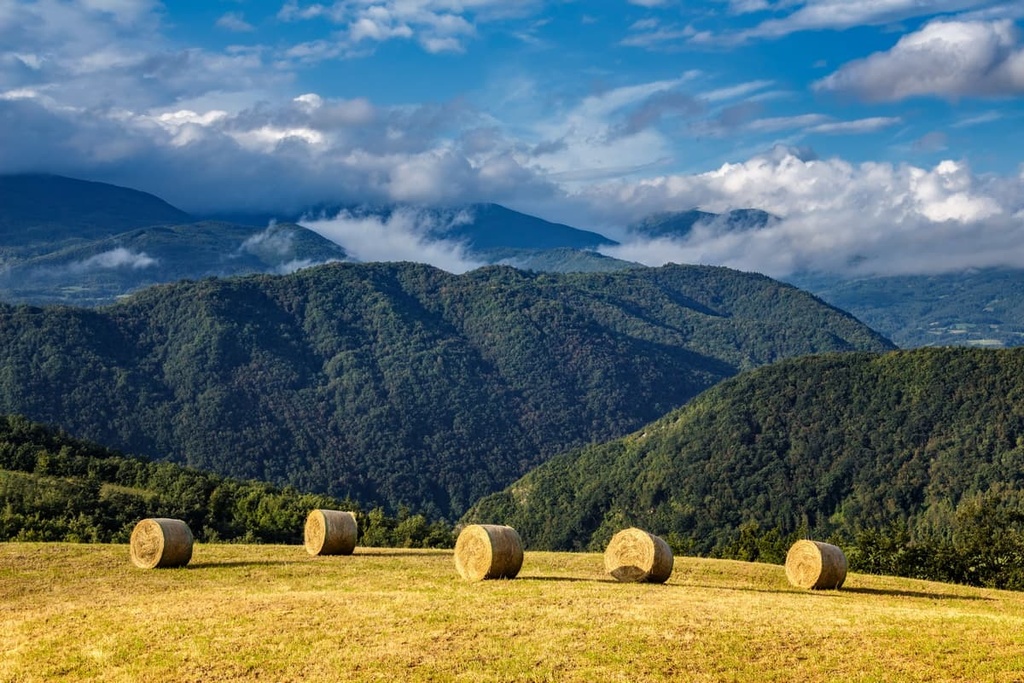
The dominating feature of Emilia-Romagna is the vast plains of the Po Valley, which were formed by the gradual retreat of the ancient Tethys Sea from the Po Basin.
The northern part of the region is mostly composed of these plains, along with lagoons and saline areas. There are also many thermal springs found throughout the region thanks to the fact that groundwater often rises to the surface in parts of Emilia-Romagna.
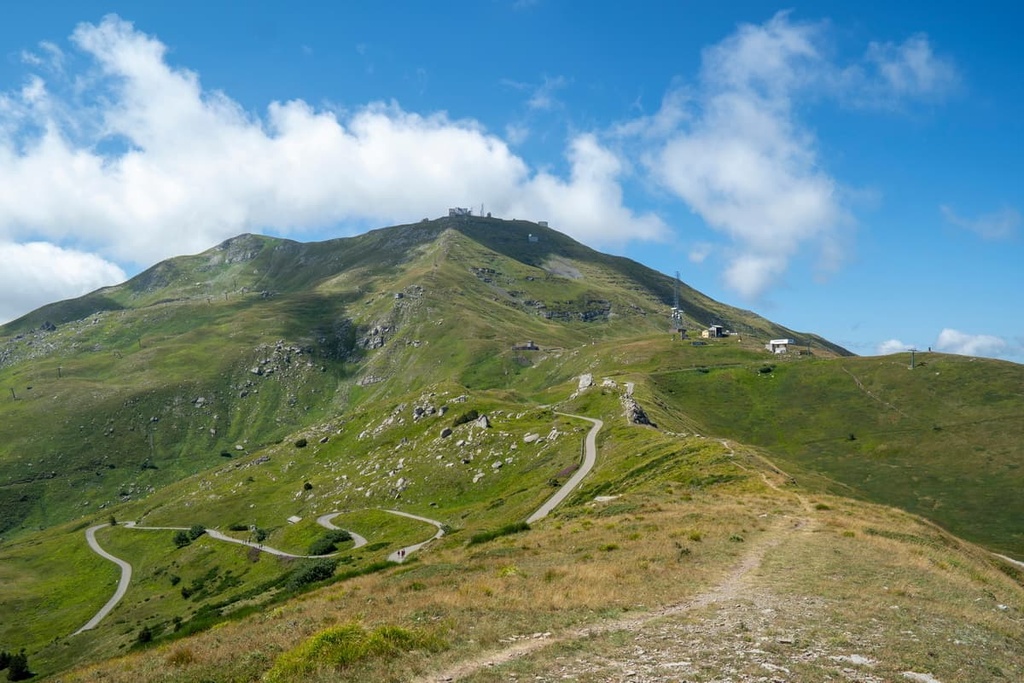
All of the rivers in Emilia-Romagna, with the exception of the Po, have their headwaters in the Apennines. The Po rises in the Alps in Piedmont, and the northern border of Emilia-Romagna follows the course of the Po for 263 km (163 mi).
Emilia-Romagna is also characterized by the Apennines, which separate the region from neighboring Tuscany. The Apennines run along the region’s southern border and feature rocky and wooded slopes, lakes, waterfalls, rocky cliffs, vertical walls, and towering peaks.
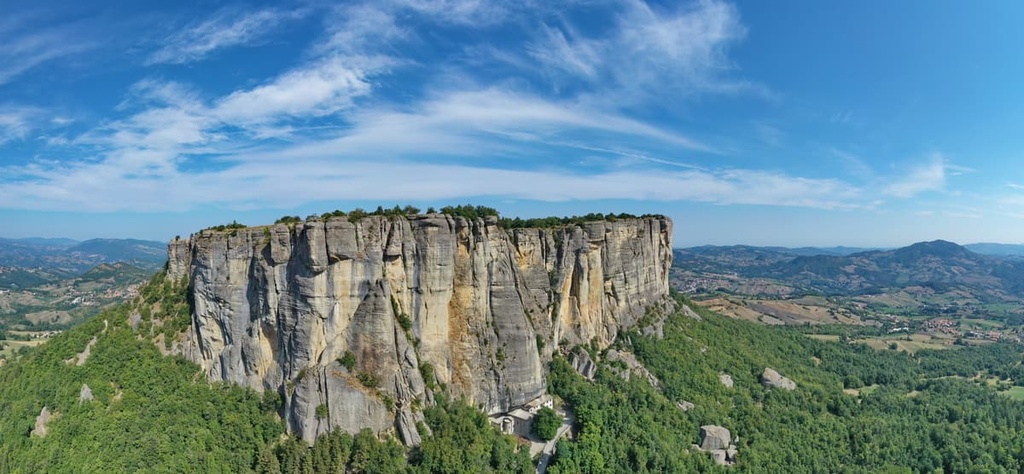
The Apennines were formed much more recently than the Alps, around 20 million years ago. After the Alpine orogeny, the African and European tectonic plates continued to collide, creating the Apennine range that currently runs down the spine of Italy. The range mostly consists of sedimentary rock from the ancient Tethys Sea, such as limestones, dolomites, shales, and sandstones.
There are three peaks in Emilia-Romagna above 2,000 m (6,560 ft) in elevation: Monte Cimone, Monte Cusna, and Alpe di Succiso. Another interesting geological feature in Emilia-Romagna is Pietra di Bismantova, which is well-known in the region for its iconic vertical cliffs.
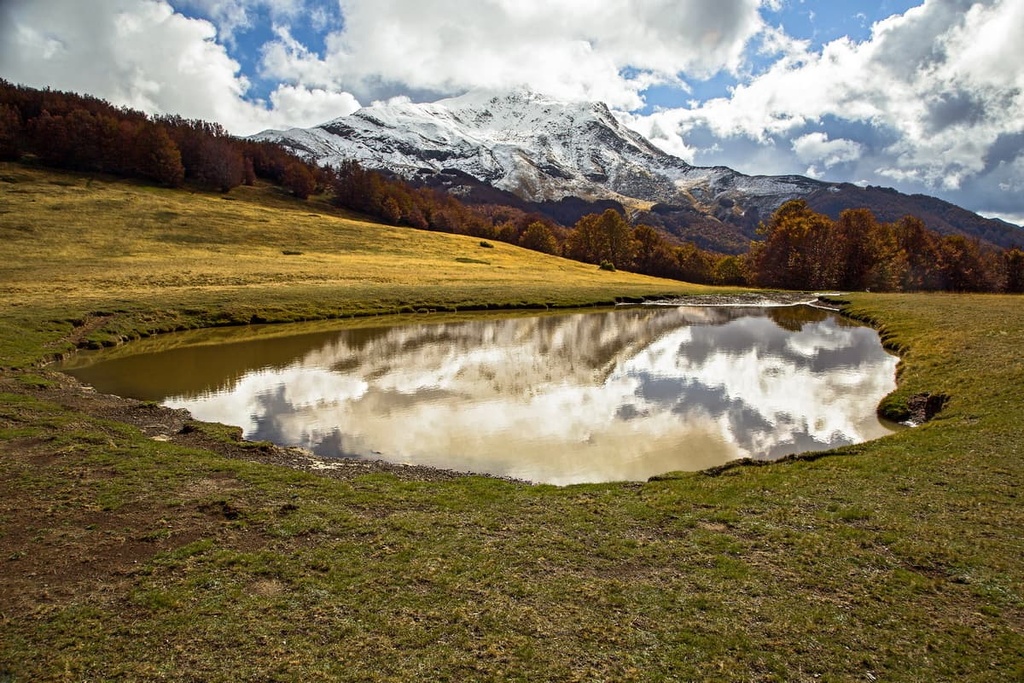
Emilia-Romagna’s vegetation can roughly be broken down into four different zones: mixed woodland and cultivated land in the Po Valley, mixed woodlands (downy oak and European hop-hornbeam) on the lower slopes, beech and silver fir from 1000–1,500 m (3,280–4,920 ft) in elevation, and mountain heath and shrubs at elevations over 1,500 m (4,920 ft).
The best of Emilia-Romagna’s flora and fauna can be experienced in both of its national parks. Here’s a quick overview of the plants and animals that you can find in the national parks of Emilia-Romagna.
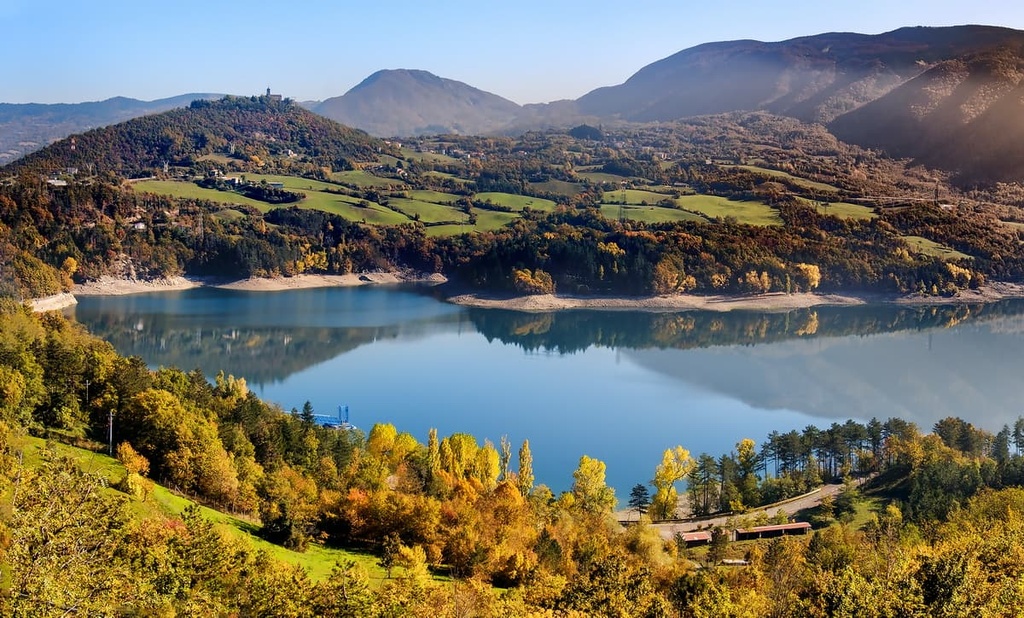
Home to the wooded ridges of the Apennines, Tuscan-Emilian Apennines National Park is a true mountainous environment. Within the park, the peaks of the Alpe di Succiso, Monte Prado, and Monte Cusna are all over 2,000 m (6,560 ft) in elevation, and they give way to rocky slopes, lakes, and alpine meadows.
Tuscan-Emilian Apennines National Park is home to a variety of environments from grasslands and shrubs to inaccessible peaks, as well as lakes, waterfalls, rocky cliffs, peat bogs, and torrents.
In the lower valleys, the woodlands of the park are made up of oaks and chestnut, though these slowly transition to silver fir as you move higher up in elevation. Further up in the mountains of the park, you’ll find shrubs such as blueberries.

Some of the wildlife that calls the park home include wolves, mouflon, roe deer, peregrine falcons, and golden eagles.
Casentino Forest National Park is a large protected area in the Tuscan-Emilian Apennines. It contains some of Italy’s largest and best-preserved forests. The area that is now part of the park has been managed and protected for centuries, which is one of the reasons why it contains such large tracts of forested terrain.
Around 1,358 different species of plant species have been identified in the park. The park’s location in a transitional zone between Mediterranean and Alpine climates is one of the reasons why it’s home to such a diversity of plant and animal species.
As far as wildlife goes, the park is home to a variety of flora and fauna, including wolves, golden eagles, roe deer, and fallow deer.
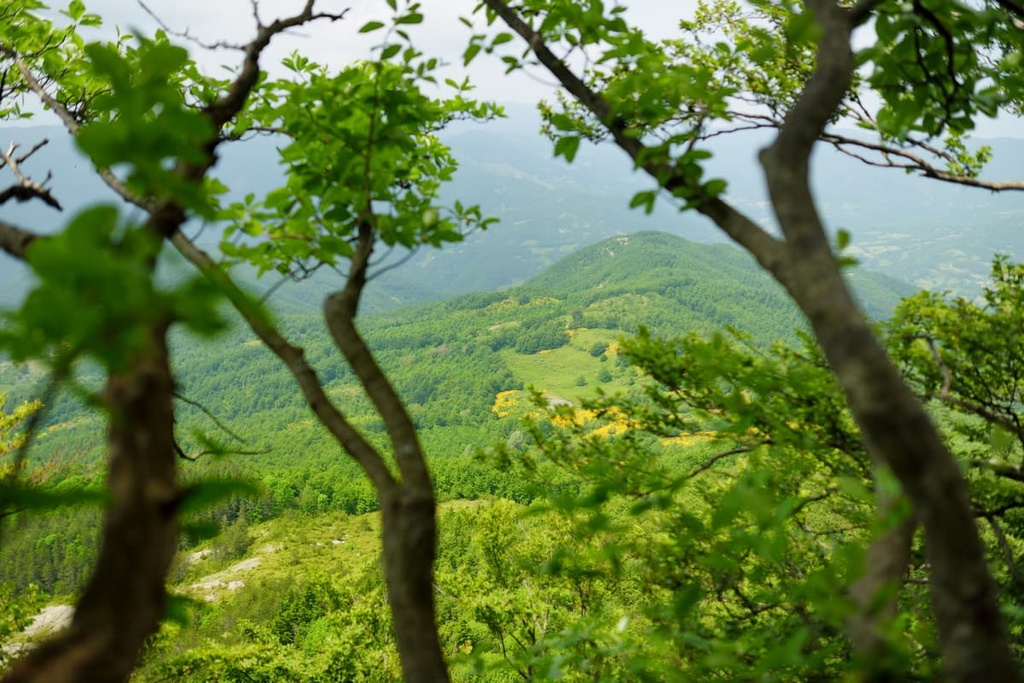
Emilia-Romagna has been populated since prehistory, and inhabitants of the region have molded the landscape to meet their needs over the course of millennia. In fact, the region was home to many different groups of people over the centuries, including the Etruscans and the Celtic-speaking Gauls, before the rise of the Roman Empire.
The name Emilia comes from that of the via Aemilia, a Roman road that crossed the region from Rimini to Piacenza. Romagna, on the other hand, derives from Romània, the name that the Lombards used for the Eastern Roman Empire area of Ravenna.
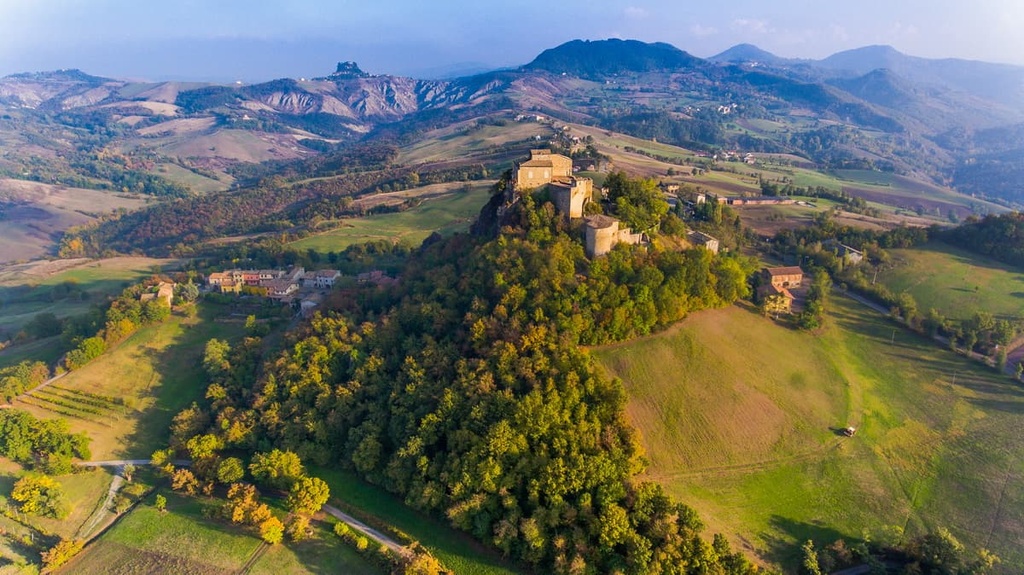
After the fall of the Roman Empire in the sixth century, the Lombards founded the Kingdom of Lombardy, which included Emilia. This region flourished until it was conquered by the Frankish King Charlemagne in 774. During this time, Romagna was under Byzantine rule until the eighth century, when the Frankish King Pippin III gave the land to the papacy.
Throughout the tenth century, Italy was part of the Holy Roman Empire and both Emilia and Romagna were ruled by representatives of the Pope. During this time and into the Middle Ages, the local nobility such as the Este of Ferrara, the Malatesta of Rimini, the Farnese of Parma and Piacenza, the Duchy of Modena and Reggio, and the Popes of Rome scrambled for power.
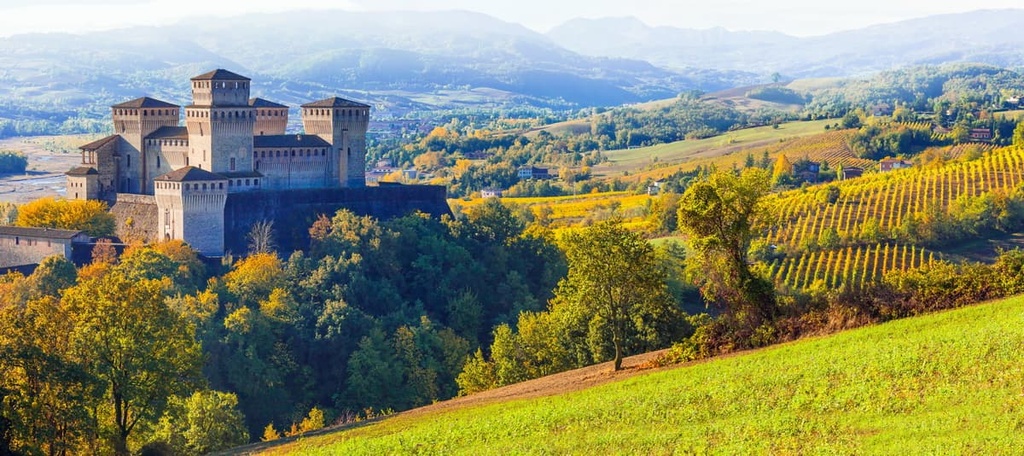
The Middle Ages in what is now Emilia-Romagna saw the development of a number of major institutions in the region. For example, the University of Bologna, which is located in the region’s capital city, was founded in 1088 CE by a guild of students. This makes it arguably the oldest formal university in the world and the world’s longest-running university that’s still in operation.
Emilia came under French control during the Napoleonic era. In 1861, both Emilia and Romagna were established as part of the Kingdom of Italy during the country’s unification period.
During the Second World War, the region of Emilia-Romagna was occupied by Nazi Germany. A few decades later, during the Cold War, Bologna was the site of a number of acts of terrorism, including a bombing incident in 1980 where over 85 people were killed during an event that’s now called the Bologna Massacre.
Nowadays, thanks to its low-lying plains and ample water supply, Emilia-Romagna is one of Italy’s leading agricultural regions.
Wheat, corn, and sugar beet are the main crops in the region, though vegetables and fruits are also grown on the plain, and vineyards lie along the slopes of the Apennines in the region. Livestock and dairy farming are also important industries in Emilia-Romagna, and the region even has a large food-processing and food-packing industry.
The best-known foods from the region include Parmigiano Reggiano cheese (known as parmesan outside of Italy), Parma ham, balsamic vinegar from Modena, tagliatelle, and tortellini. Bologna is also famous for its ragù, which is referred to as bolognese sauce outside of Italy. Emilia-Romagna’s best-known wines are Sangiovese and Lambrusco.
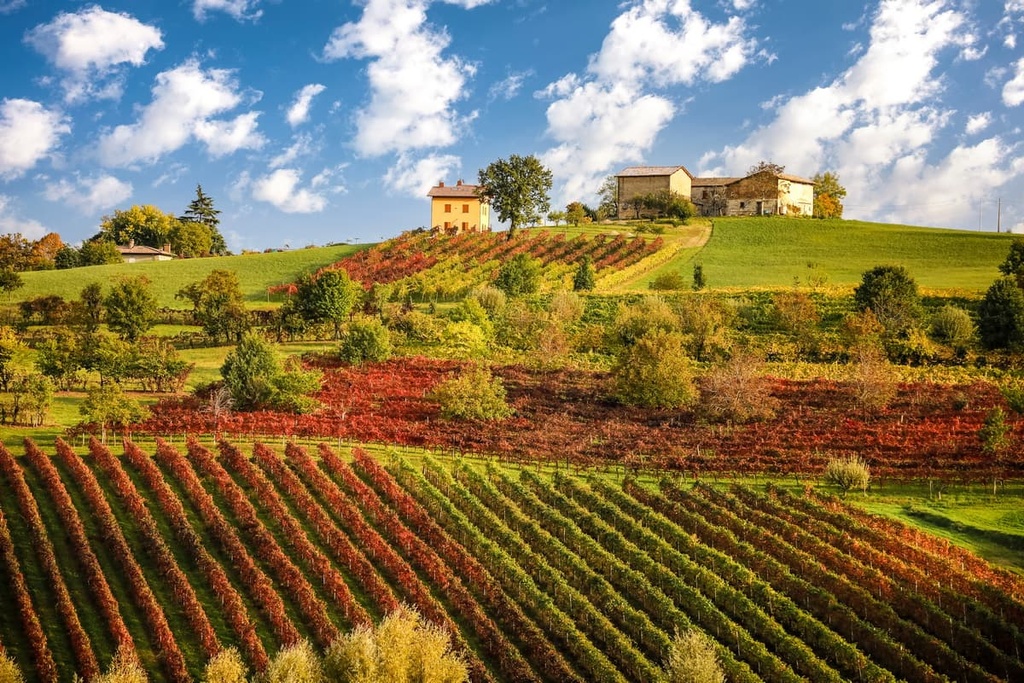
Along with agriculture, the region is known for its farm machinery, chemical, pharmaceutical, ceramics, clothing, and car manufacturing industries. Car manufacturers with factories or headquarters in the region include well-known Italian brands such as Ferrari, Lamborghini, Maserati, Pagani, De Tommaso, Dallara, and Ducati.
Emilia-Romagna also has one of Italy’s highest quality of life indices. It is known as a cultural, economic, and tourist center for the country and it is considered to be one of the wealthiest and most developed areas on the continent.
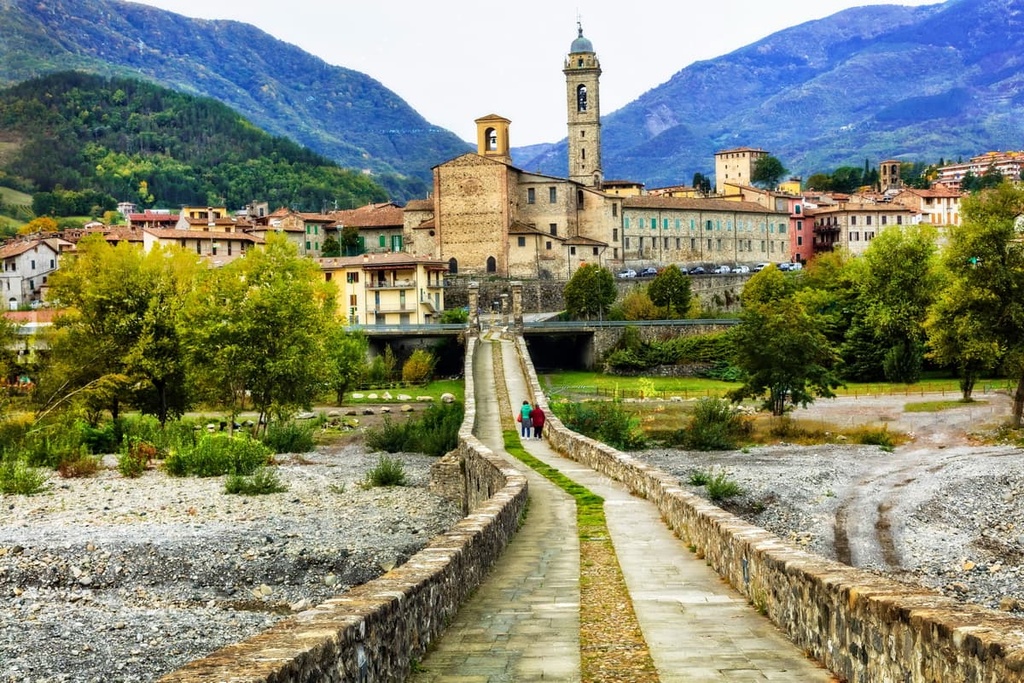
There are many hiking areas to choose from in Emilia-Romagna beyond the plains of the Po Valley. Here are some of the best areas to check out when in the region.
Stretching across both Tuscany and Emilia-Romagna, Casentino Forest National Park offers the opportunity to hike in peaceful forests and woodlands. Within the park, you’ll come across churches and ancient religious buildings such as the Corzano sanctuary.
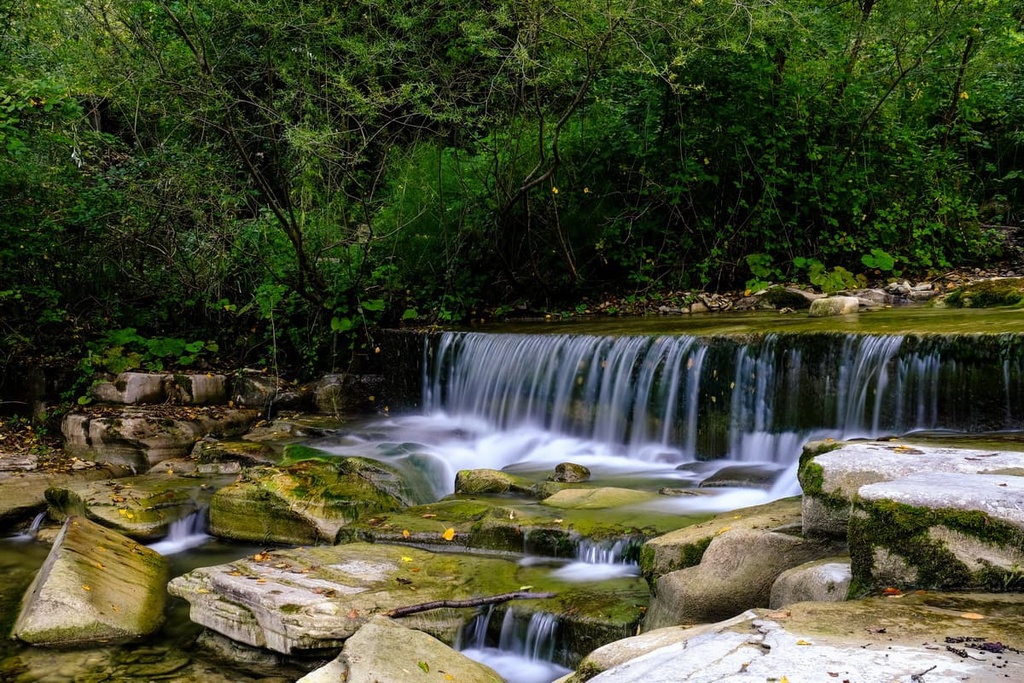
You can follow footpaths through the park if you’re looking to head out on a hike. Or you can cycle along the bike road from Bagno di Romagna-Balze-Bagno di Romagna that passes through the park and boasts the tripoint between the borders of the regions of Marche, Emilia-Romagna, and Tuscany.
The Tuscan-Emilian Apennines National Park encompasses the ridges of the Apennines that separate Tuscany from Emilia-Romagna. Here, you’ll find a true mountain environment that features everything from vertical walls and rocky scree to lakes, waterfalls, meadows, and woodlands.
There are plenty of hiking itineraries in the park for trekkers of all experience levels to enjoy. One popular trekking route that you can embark on in the park is a 4-hour hike that starts with a visit to Lake Santo and Lake Baccio. It then takes you to a trail where you’ll encounter five different waterfalls: Bandita, Sassorso, Terzino, and Cascadora.

Nestled In the southwest corner of Emilia-Romagna along the border with Liguria, Val Trebbia is a picturesque valley with plenty of hiking itineraries for visitors to enjoy. The valley also offers opportunities for canyoning, kayaking, and horse riding, among other activities.
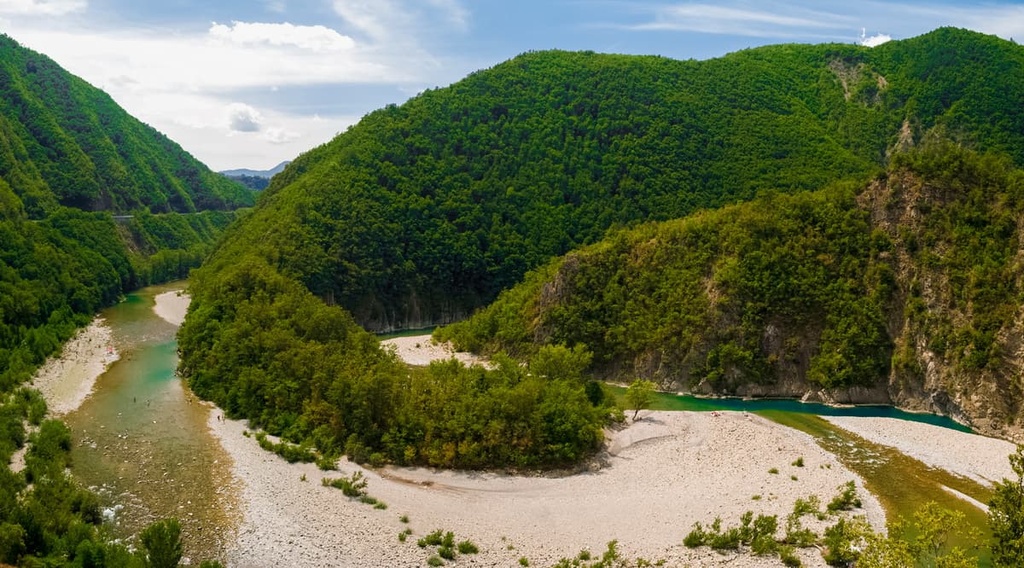
The via Matildica del Volto Santo is a network of pilgrim paths that runs for about 285 km (177 mi) through Lombardy, Emilia-Romagna, and Tuscany from the Po Valley across the Apennines to the Garfagnana hills.
This path travels through the former territory of Countess Matilde di Canossa and takes in the stunning scenery along the way. You can complete the entire trek in 11 stages. Or, you can hike one of the three sections of the route, which are as follows:
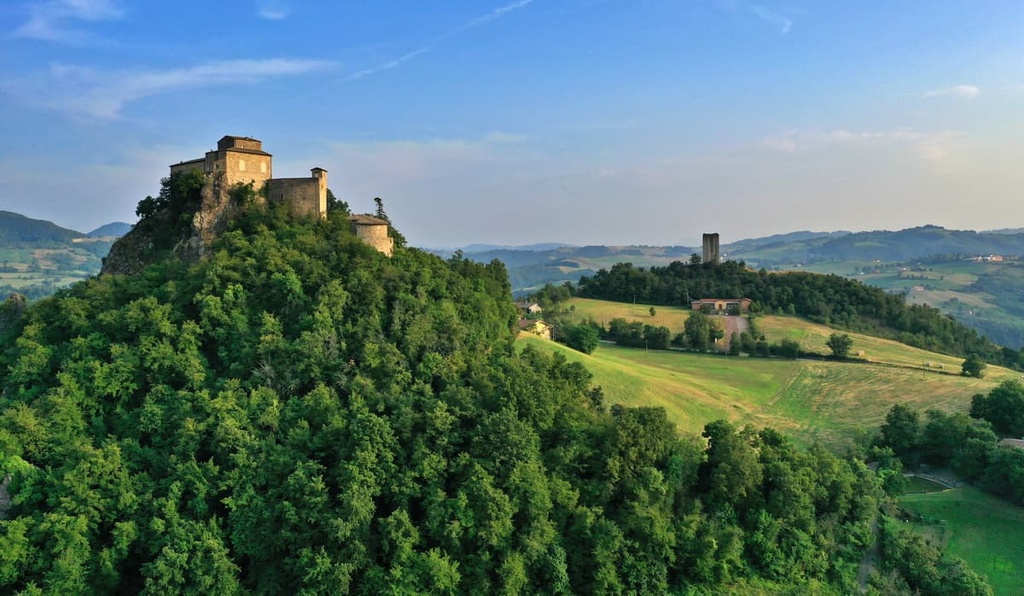
The Way of the Gods is a 120 km (75 mi) trek from Bologna to Florence that most people complete in 4 to 6 days.
This route traverses the Tuscan-Emilian Apennines in Casentino Forest National Park. Its name derives from the fact that this route takes you to multiple mountains that are named after Greco-Roman gods and other figures in Greco-Roman mythology, such as Monte Venere (Venus), Monte Luaro (Lua), and Monte Adone (Adonis).
The path winds through ancient villages, peaceful forests, and remnants of bygone eras, such as the Roman aqueduct in Sasso Marconi and the Roman theater and acropolis at Fiesole. The path also crosses the Dante Way, a network of paths that follows in the footsteps of its namesake poet.
There are plenty of places to base yourself in Emilia-Romagna where you can enjoy various aspects of the local culture and landscape. Here are some of the best cities in the region to check out during your next trip to Emilia-Romagna.
As Emilia-Romagna’s regional capital and Italy’s seventh-largest city, Bologna has been an important city on the Italian Peninsula since the time of the Etruscans. Although it’s best known for its porticoes and two towers, Bologna is also home to Europe’s oldest university, the University of Bologna, which was established in 1088 CE.
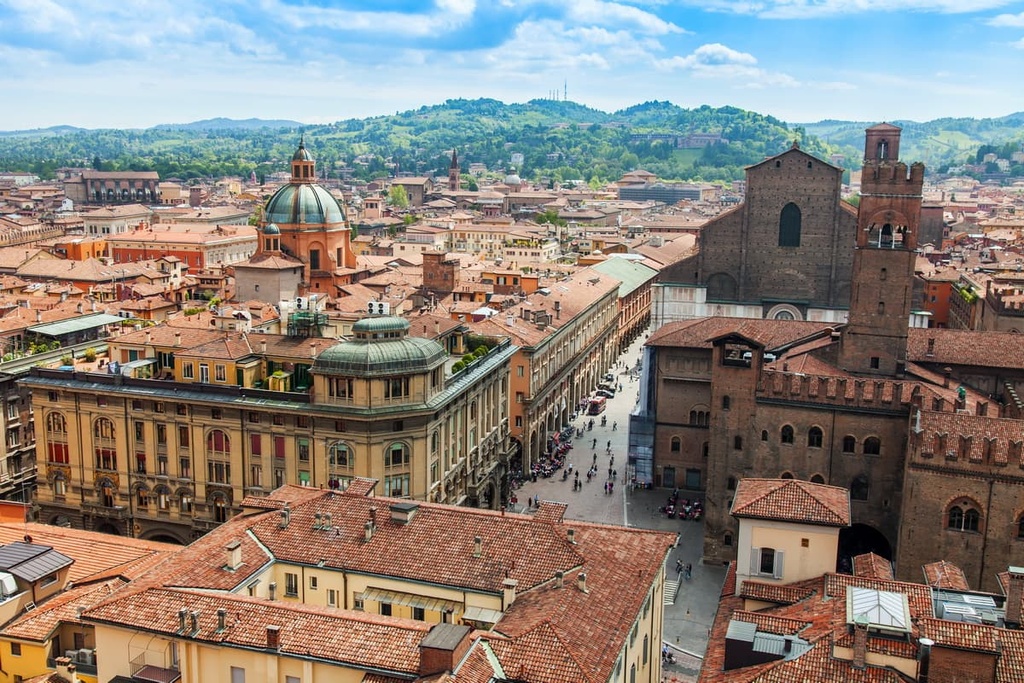
In addition to its many historic and cultural sites, Bologna has a thriving culinary scene. The city is known as the gastronomic capital of Italy, which is no easy feat when you consider the quality of food found throughout the country. Bologna’s major university also gives the city a young and cosmopolitan feel, so it’s a must-visit if you’re in the region.
Modena is a city in central Emilia-Romagna that’s best known for its cuisine and cultural life. It is also home to Osteria Francescana, which was voted the world’s best restaurant in both 2016 and 2018 by The World's 50 Best Restaurants list.
While in Modena, you can stroll through the city’s narrow streets and admire its architectural gems, some of which are part of a UNESCO World Heritage Site. There are plenty of museums and galleries to enjoy in Modena and many restaurants where you can indulge in local specialties.
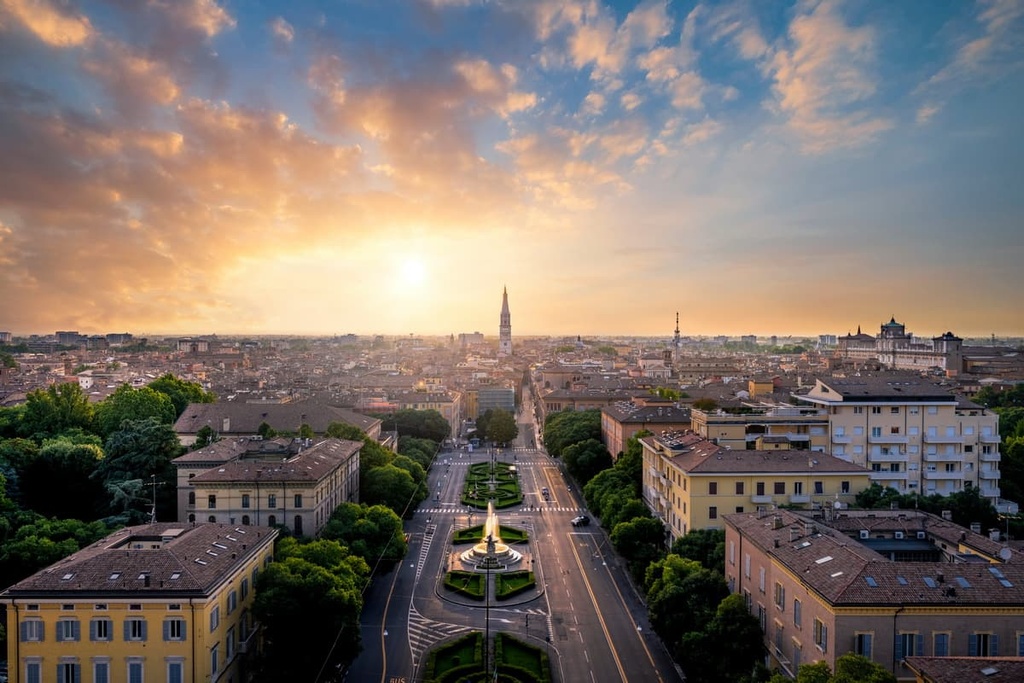
Modena is also home to Ferrari, Maserati, and Pagani. The motorsports fans among us can even head to the Ferrari Museum while in Modena as it is located in the nearby community of Maranello and is relatively easy to get to by road or public transport.
Due to its importance throughout history as the capital of the Western Roman Empire and Kingdom of the Ostrogoths, the modern city of Ravenna is home to many historical buildings and UNESCO World Heritage Sites, including Dante’s tomb.
Ravenna is also the gateway to Emilia-Romagna’s coastline, and it is accessible from both Bologna and Florence. While in Ravenna, be sure to visit the city’s many important historic and cultural sites, such as the Basilica of Santa Maria in Porto (home to the Greek Madonna), the San Giovanni Evangelista, and the Basilica of San Francesco.
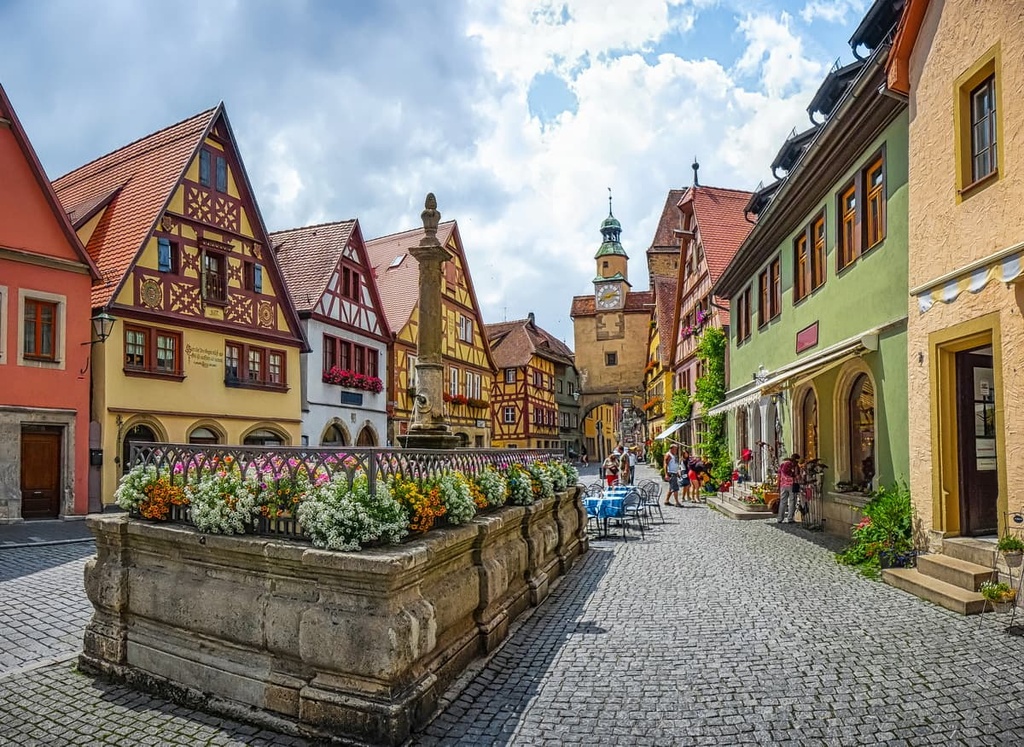
Perhaps best known for its ham and cheese, Parma is one of Emilia-Romagna’s larger cities. Parma is home to a number of beautiful historical buildings, such as its cathedral, as well as incredible restaurants that serve the region’s delicious food. The University of Parma, which was founded in 1601, is also one of the world’s oldest universities.
From Parma, you can also reach Tuscan-Emilian Apennines National Park in around an hour and a half. During your trip to Parma, be sure to visit the Parma Cathedral, Palazzo della Pilotta, Palazzo del Giardino, and Teatro Farnese.
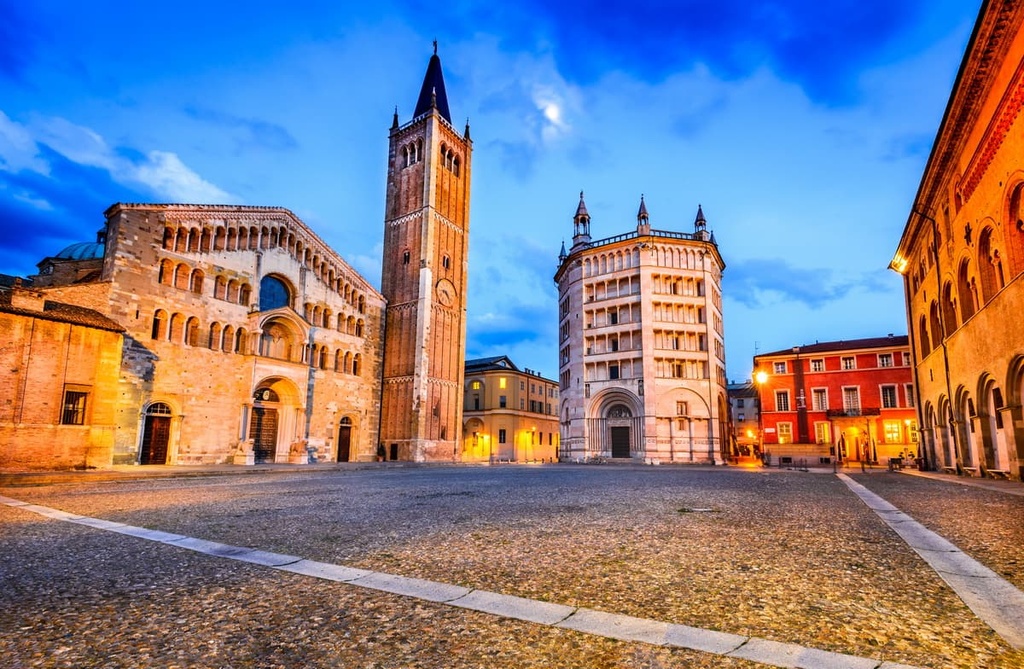
Explore Emilia-Romagna with the PeakVisor 3D Map and identify its summits.








top50
ultra
apennine-2000
italy-ultras
top50
ultra
apennine-2000
italy-ultras
